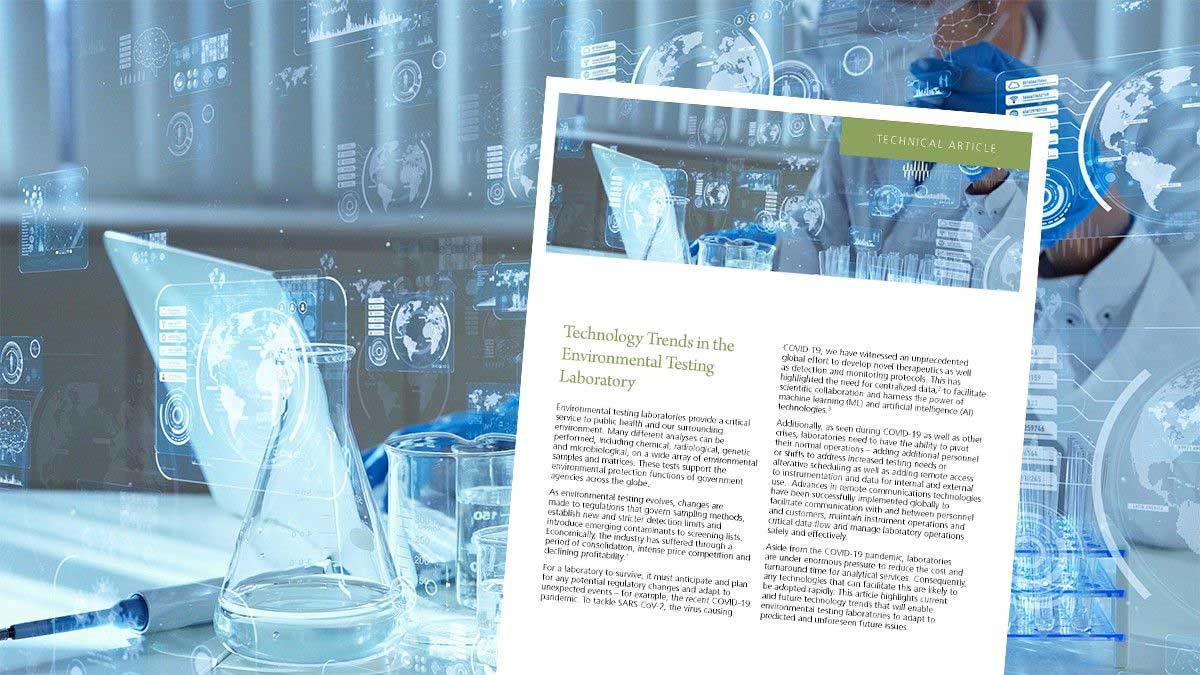Become an Agile Environmental Lab: Automation
As environmental testing laboratories innovate and evolve, the regulations that govern sampling methods also adapt—new and stricter detection limits are established, and emerging contaminants are added to screening lists.
These laboratories are constantly under enormous pressure to reduce the cost and turnaround time for analytical services—and any technologies that can help should be rapidly adopted.
Environmental laboratories can incorporate automation into the workflow during sample processing, sample preparation, and environmental testing. For example, barcode labelling or radio-frequency identification can be used to identify and track samples through the analysis journey.
Introducing automation into laboratories can create some pain points for laboratory managers, including high upfront cost, change in lab layout, training cost, incompatible legacy software, and potential systemic failure in the lab.
Despite the challenges, the benefits often outweigh these concerns. Automation technology is gradually becoming affordable for most environmental laboratories. The return on investment can be increased by the long-term savings (i.e., efficiently solving congestion issues brought on by new equipment). Human errors produced by repetitive tasks and differences in data analysis outcomes due to staff discrepancies are limited by automation, resulting in increased efficiency, output, productivity and reproducibility. In some instances, sample collection or testing may be hazardous, therefore automation can perform these steps and reduce the risk to staff.
To continue reading, please download the complete white paper now.
All references listed in the white paper.

